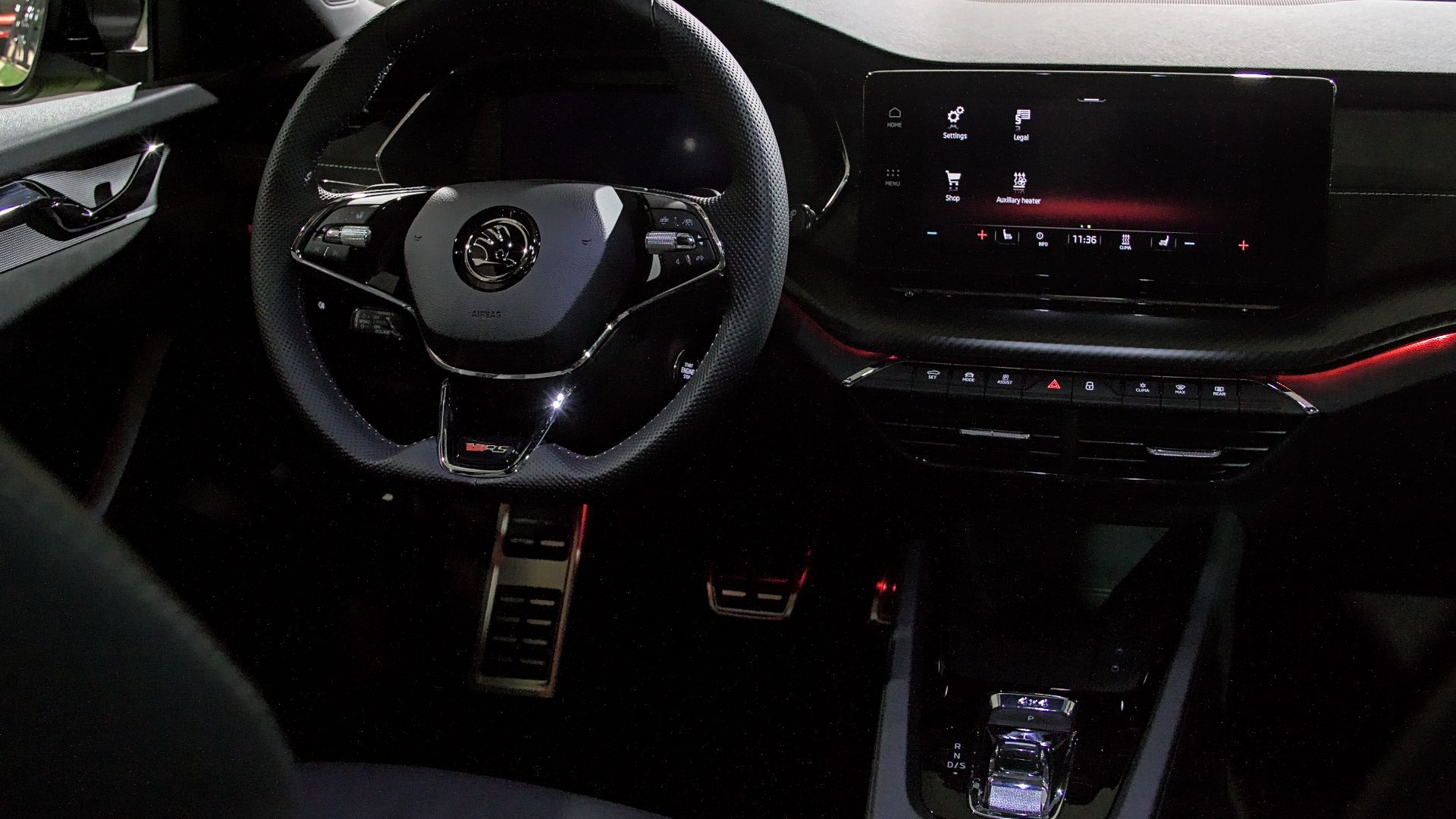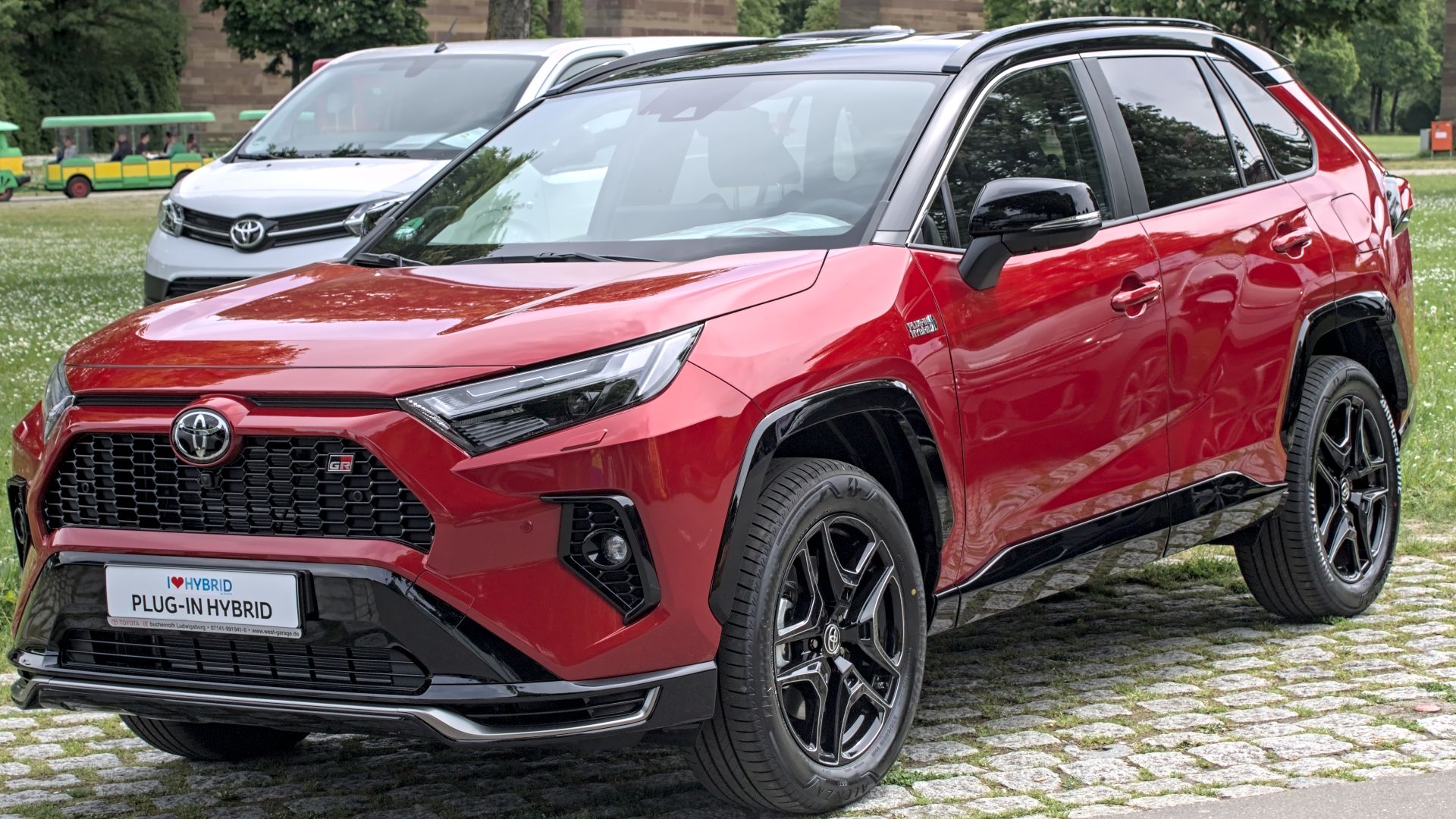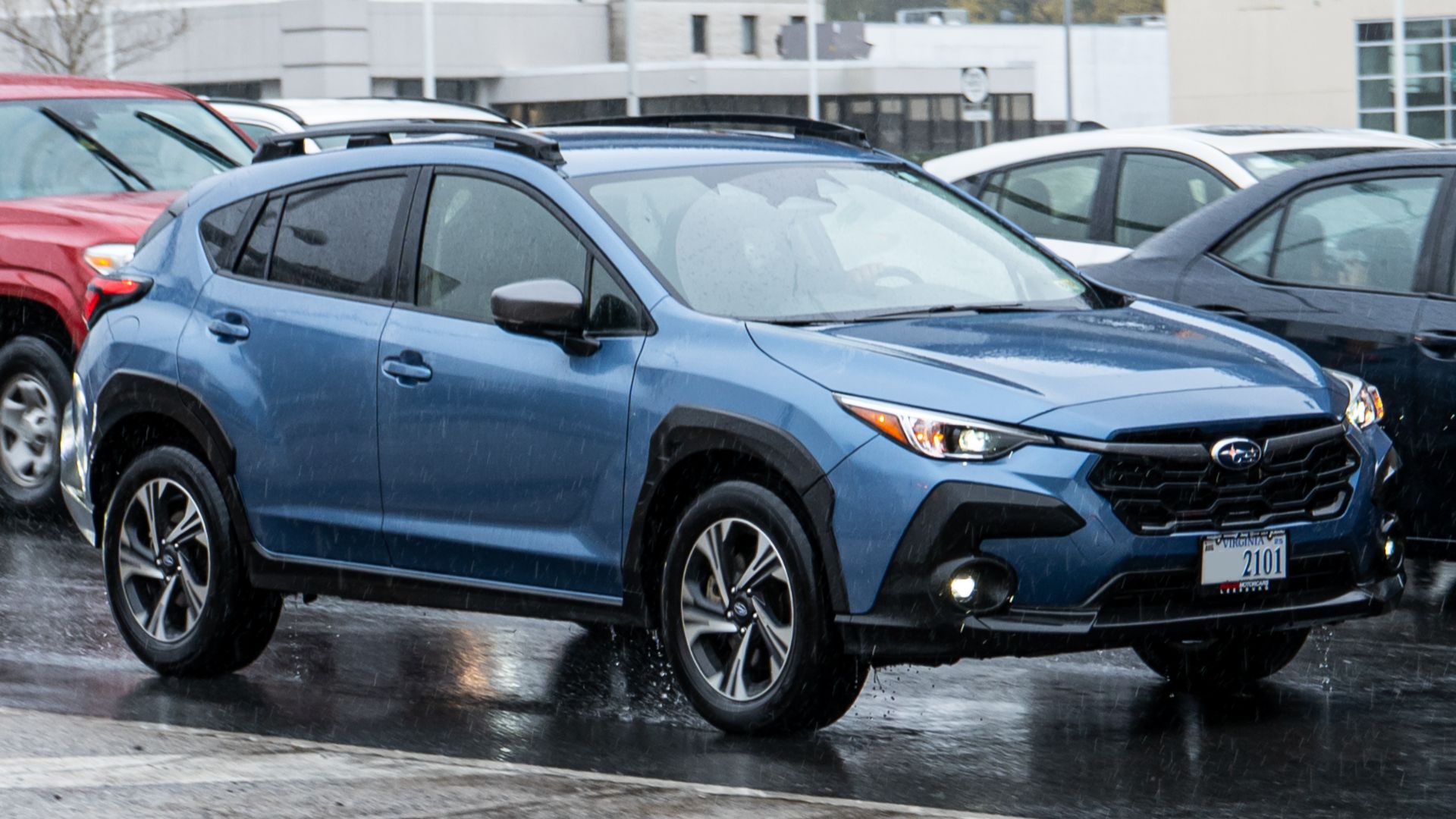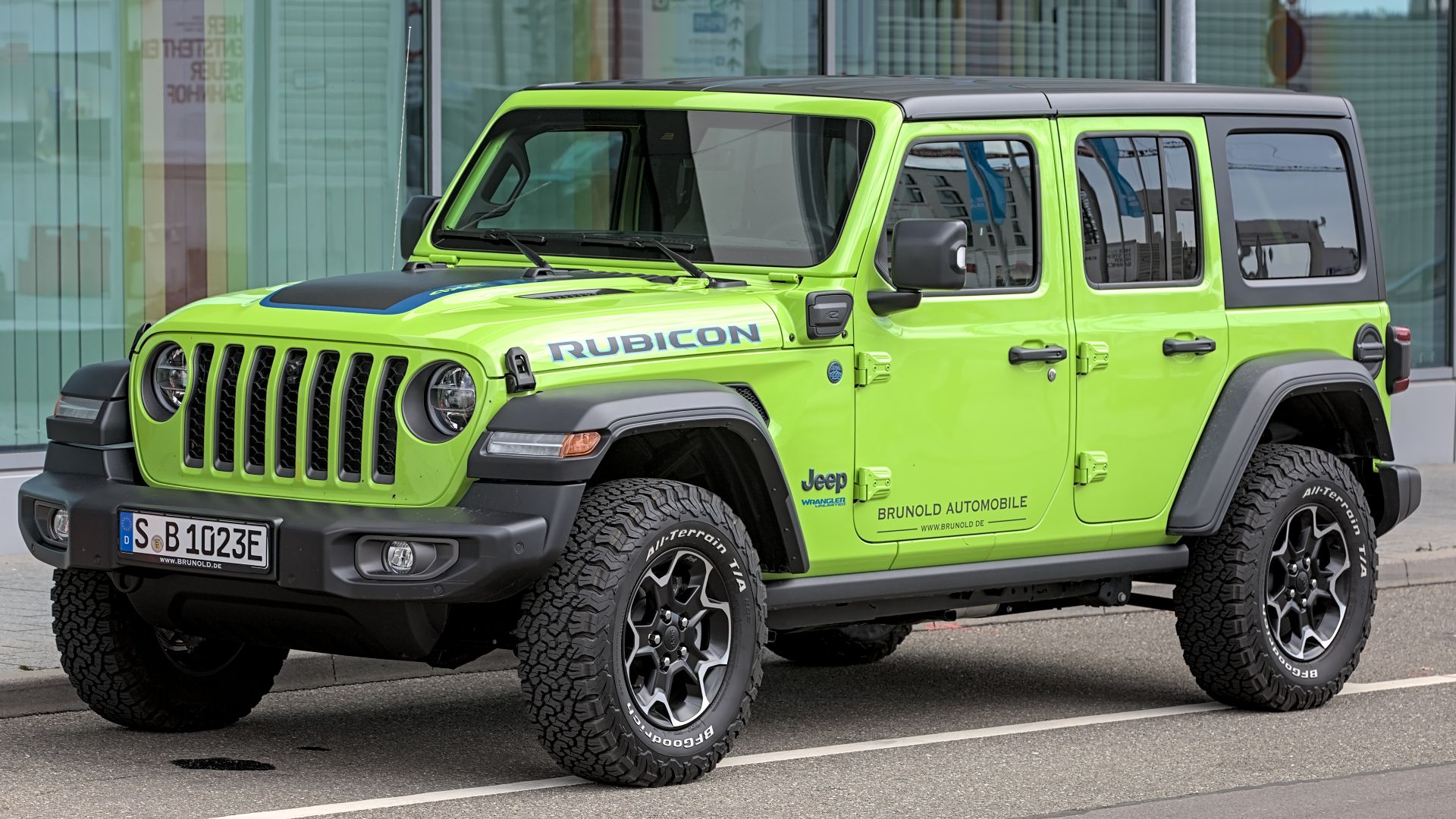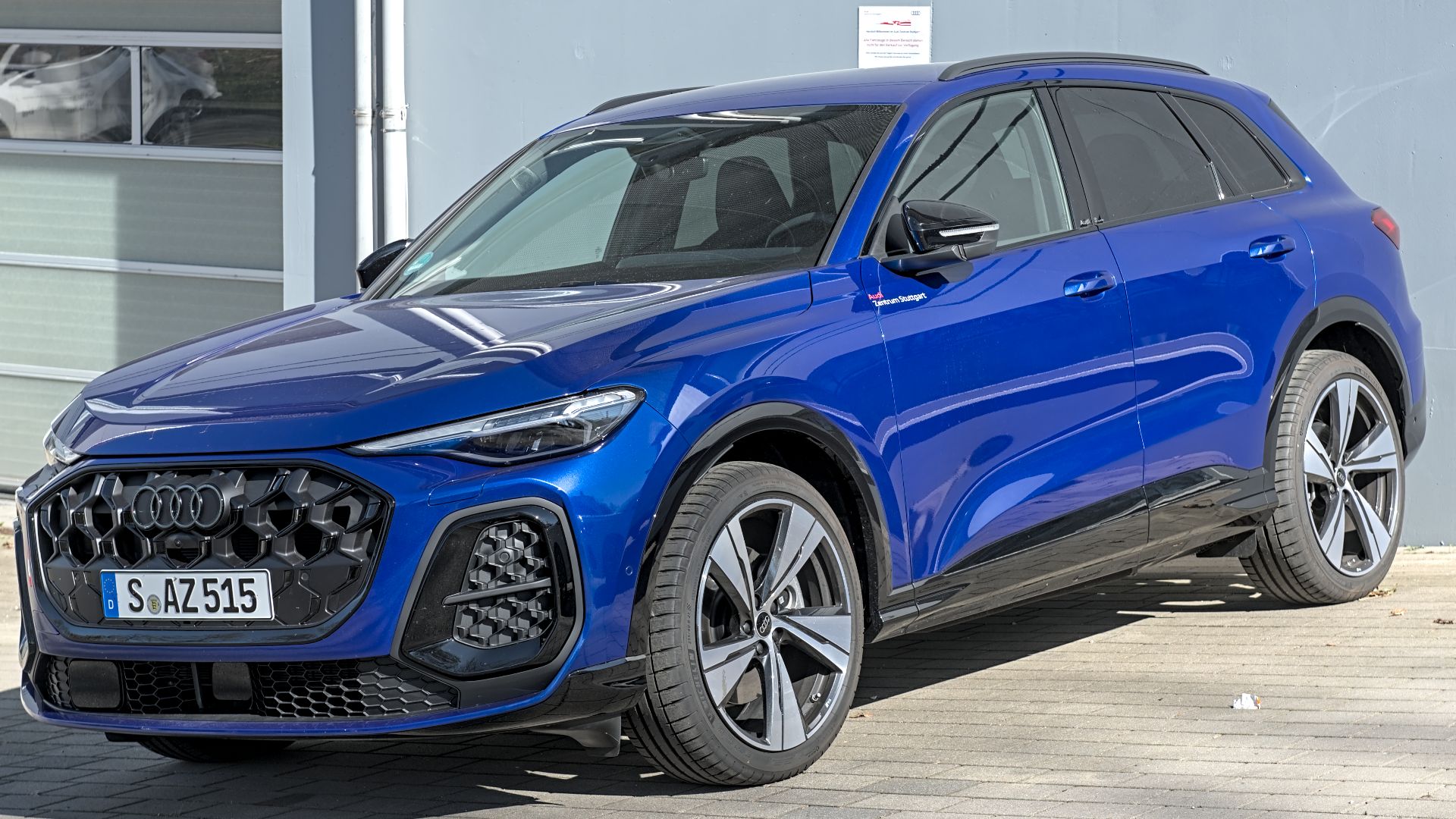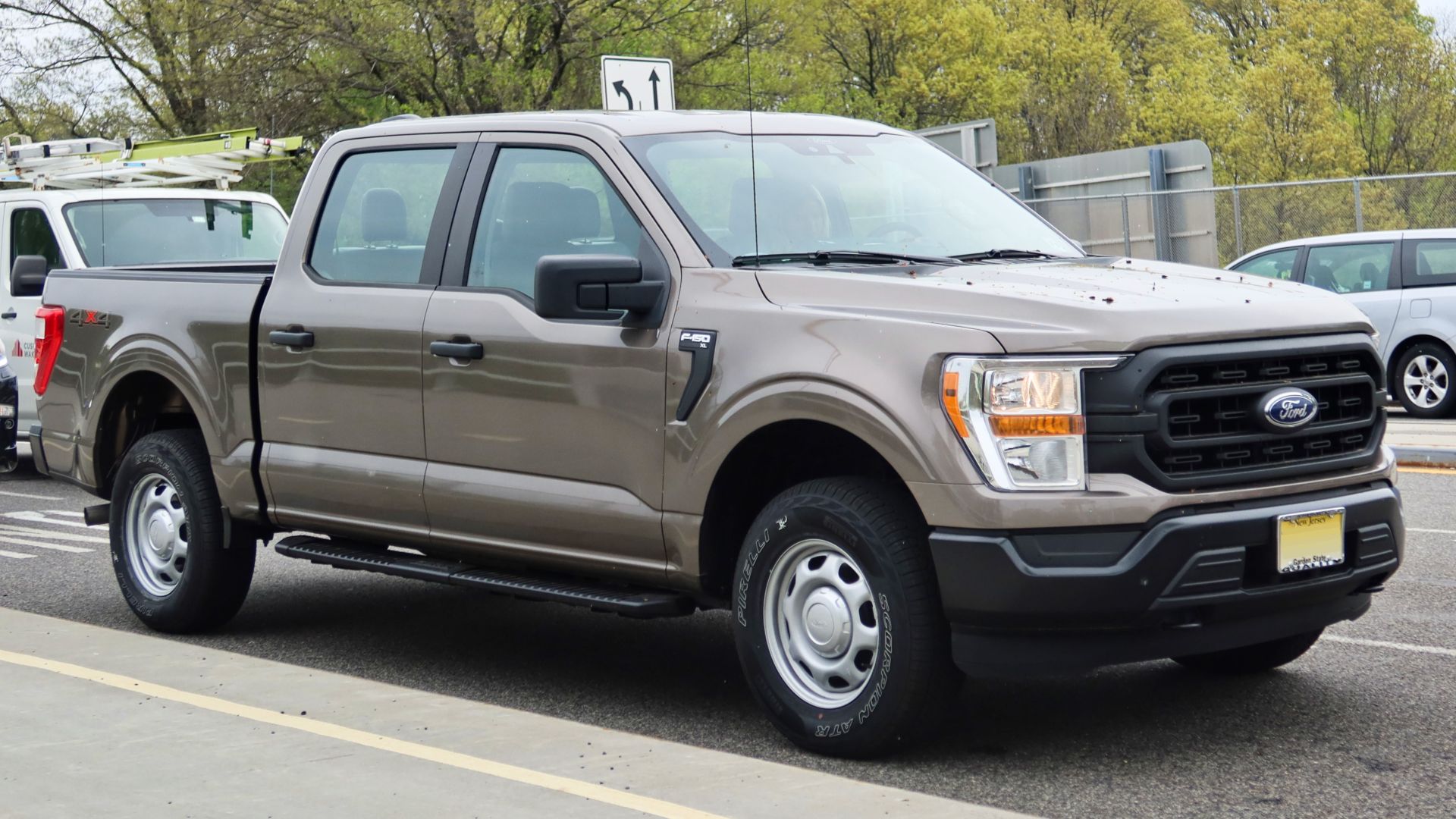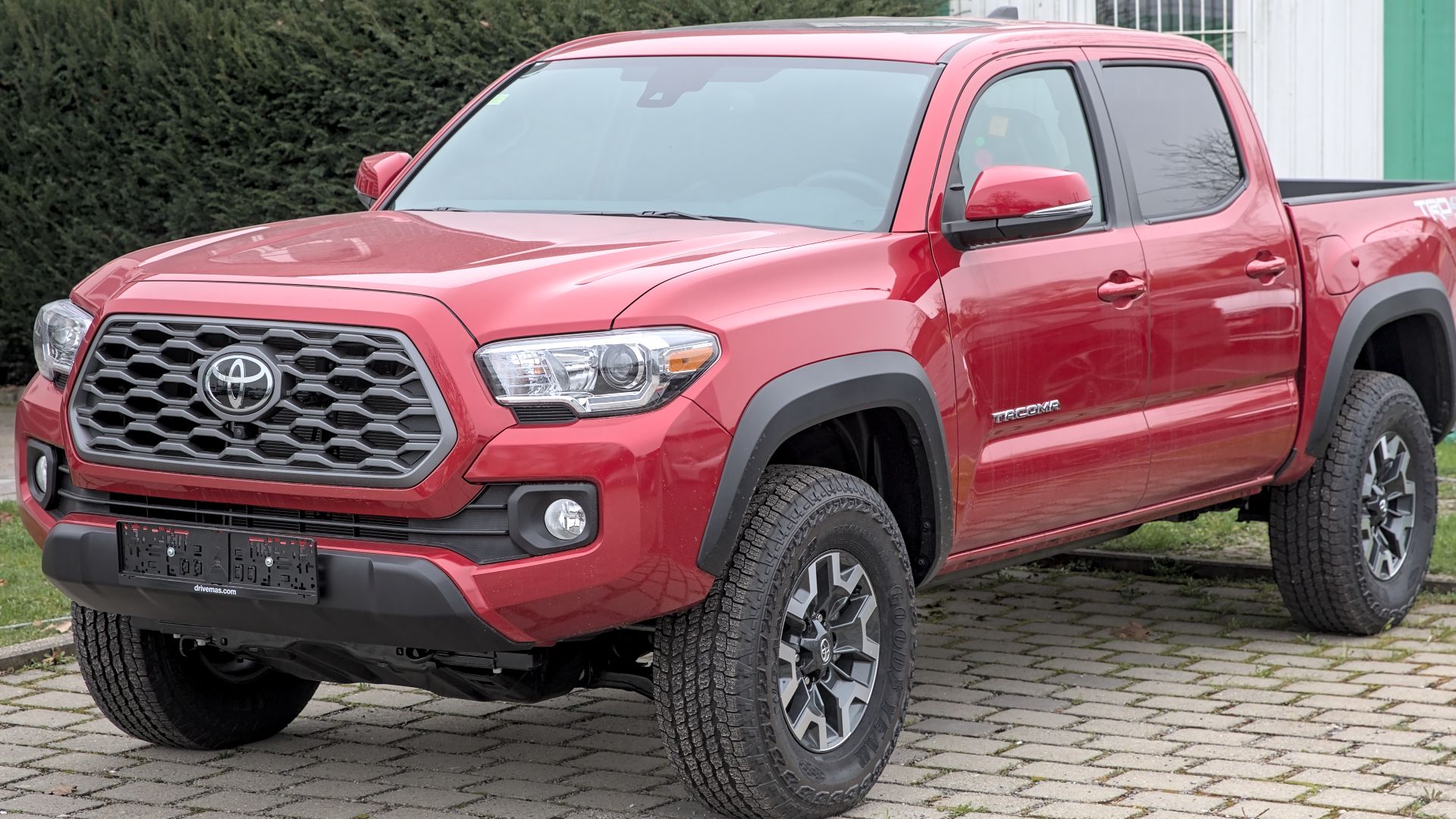All-Wheel Drive Vs. Four-Wheel Drive: 10 Reasons Why Each One Is Right For You
All-Wheel Drive Vs. Four-Wheel Drive: 10 Reasons Why Each One Is Right For You
Understanding Your Drive
Choosing between all-wheel drive (AWD) and four-wheel drive (4WD) is less about what sounds good and more about what your needs are, depending on how and where you drive daily. Each system offers distinct advantages rooted in engineering, traction strategy, and terrain response, so it's important to know what the right fit is for your lifestyle. First, let’s consider why AWD might be right for you.
1. Better For Variable Road Conditions
AWD systems constantly monitor wheel traction and adjust power delivery automatically. Present in Subaru’s Symmetrical AWD, you won’t need to flip a switch or change modes. This makes them ideal for roads that shift between dry, wet, icy, or lightly snowy.
2. Great for Mild Off-Roading
The system handles light off-road scenarios well, such as gravel roads and forest trails. While not designed for extreme terrain, many AWD systems include traction tuning that helps traverse uneven surfaces. They also offer versatility without the bulk of a traditional 4WD setup.
3. Integrated With Advanced Safety Features
It often works alongside stability and traction control systems, providing coordinated responses to slippery conditions. These integrated systems adjust torque, braking, and throttle in real-time, significantly enhancing vehicle stability and driver control during emergency maneuvers on slick or uneven roads.
4. Available In More Vehicles
AWD systems are widely available across many vehicle types, from compact crossovers to performance sedans. This extensive adoption allows buyers to choose AWD-equipped models that range from highly fuel-efficient designs to powerful, sporty options, accommodating diverse driving preferences and needs.
5. Minimal Driver Input Required
The drive operates automatically without requiring any driver intervention. It engages as necessary based on traction conditions, eliminating the need to switch modes or adjust settings. Its hands-off approach suits drivers who face changing weather but prefer a simpler driving experience without manual controls.
6. Ideal For Urban And Suburban Driving
AWD's seamless engagement benefits daily driving in stop-and-go traffic or slick residential streets. It improves grip during sudden acceleration or cornering. Models like the Toyota RAV4 and Honda CR-V offer AWD variants specifically tuned for efficient city performance.
7. Boosts Performance In Sport Vehicles
It improves acceleration, grip, and launch control in performance cars. Rear-biased AWD systems optimize torque distribution, enabling faster cornering speeds and quicker 0–60 times. The drive also controls wet or uneven pavement, enhancing speed and safety.
 Charles from Port Chester, New York on Wikimedia
Charles from Port Chester, New York on Wikimedia
8. Helps With Steep Or Icy Driveways
This system excels in managing traction on steep driveways. Its ability to detect wheel slip and instantly adjust power delivery provides steady control without driver input. Such responsiveness makes for safer and more confident driving in residential and icy areas.
 My Last Snowy Drive With The 2017 Nissan GTR by Cars with Luke
My Last Snowy Drive With The 2017 Nissan GTR by Cars with Luke
9. Fuel Efficiency Is Generally Better Than 4WD
Compared to traditional 4WD, AWD systems tend to be lighter and less mechanically complex, resulting in better fuel economy. Many modern AWD setups electronically disengage or decouple certain drivetrain components when full traction isn’t needed, reducing drag and improving efficiency.
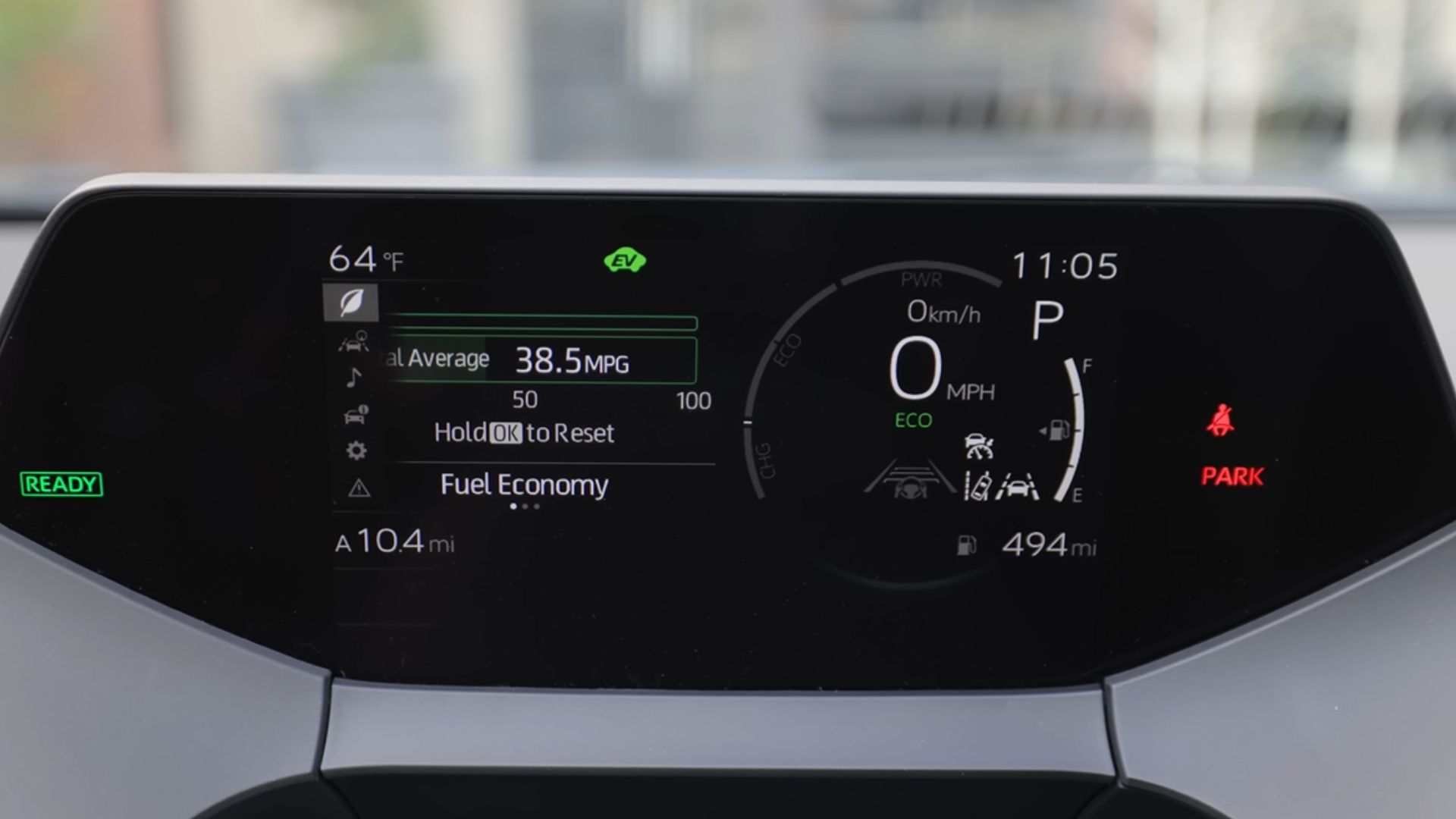 *Tested* The 2023 Toyota Prius AWD is Quick and Pretty, but is it Perfect? by Kirk Kreifels
*Tested* The 2023 Toyota Prius AWD is Quick and Pretty, but is it Perfect? by Kirk Kreifels
10. Superior Handling On Pavement
Because AWD systems continuously distribute torque between front and rear wheels, they enhance on-road handling and cornering. Some systems, like Audi’s Quattro, also vary torque side-to-side for added stability. This helps maintain control during fast lane changes or inclement weather.
While AWD systems offer seamless traction and convenience for everyday driving, there are situations where the ruggedness and manual control of 4WD become essential. Let's explore why four-wheel drive remains preferred for demanding off-road and heavy-duty conditions.
1. Superior Off-Road Capability
Four-wheel drive systems are built to handle extreme conditions such as mud, sand, rocks, and steep inclines. They typically include low-range gearing, which multiplies torque for better climbing and crawling control. Vehicles like the Jeep Wrangler Rubicon use these features to excel in challenging off-road environments.
2. More Control in Tough Terrain
Selectable 4WD allows drivers to manually shift between high and low gear ranges based on the terrain. This control is essential for traversing difficult terrains where precise traction management prevents slipping. Its adaptability makes 4WD systems indispensable for serious off-road driving.
3. Designed for Towing in Harsh Conditions
4WD offers increased traction when towing heavy loads on uneven surfaces. The system’s enhanced grip reduces wheel spin and provides greater launch stability, which is vital for safe towing in tough environments. Trucks with 4WD often outperform their 2WD counterparts in these scenarios.
4. Built for Durability and Torque
Traditional 4WD drivetrains use solid axles and heavy-duty transfer cases, which can absorb impacts and stress better than many AWD systems. Such mechanical toughness contributes to their longevity and reliability. The Land Cruiser’s 70 Series still uses this setup to endure demanding desert terrain.
5. Essential for Remote and Backcountry Travel
4WD’s locking differentials and low-range gearing provide necessary traction and control when driving in areas without paved roads. Vehicles with this system can traverse unpredictable and rough terrain without getting stuck, and explorers often rely on 4WD vehicles for this very reason
6. Exceptional Traction In Rain And Snow
Four-wheel drive excels in severe weather by distributing power evenly to all wheels, preventing wheel slip in deep snow or heavy rain. Using low-range gears enhances grip and helps maintain forward momentum on slippery surfaces. That’s why 4WD trucks often dominate in muddy backroads.
 2025 Honda CR-V Hybrid Extreme Snow Test! by TFLnow
2025 Honda CR-V Hybrid Extreme Snow Test! by TFLnow
7. Useful For Heavy-Duty Workloads
4WD trucks are engineered for smart storage. The Ford F-150 SuperCrew, for instance, has a roomy interior with fold-flat rear seats, a flat load floor, and lockable under-seat compartments. Its cargo bed provides ample room for tools and materials—a practical choice for demanding job sites where both comfort and carrying capacity matter.
8. Preferred For Rescue Operations
Search-and-rescue teams value 4WDs' reliability and ability to travel through deep mud and washed-out roads. Their locking differentials and low-range gears make them effective in environments where access is limited. Vehicles like the Toyota Land Cruiser are widely used in humanitarian missions.
 Raymond Wambsgans from Akron Ohio, USA on Wikimedia
Raymond Wambsgans from Akron Ohio, USA on Wikimedia
9. Extensive After-Market Support for Custom Modifications
Thanks to decades-old off-roading culture, 4WD vehicles enjoy the broadest range of lift kits, locking differentials, and heavy-duty suspension upgrades. This huge parts ecosystem lets owners tailor their vehicles’ specifications to match specific terrain. It also gives 4WD a versatility edge over AWD systems
10. Longevity and Easier Repairs in Harsh Conditions
Many 4WD systems use simpler mechanical designs, which facilitate repairs and maintenance. Heavy-duty components withstand repeated off-road impacts, extending the vehicle’s service life. Models like the Toyota Tacoma 4WD are known for their ease of upkeep in rugged environments.







